зБЂжЫЬжЧ•, 8жЬИ 3rd, 2010...6:26 AM
Sightseeing spot “Asakusa” walking guide Part2
Reading time: About 3 minutes
Sightseeing spot “Asakusa” walking guide Part2Going back the Denbouin Street, you will reach Asakusa Temple. Asakusa Temple has the most worshippers in Japan, with 3 to 4 million people visiting over a year. It is known as the oldest shrine in Tokyo and the five-story pagoda that lights up during the night has different appearance.
Hozomon (Ninoumon)
There are straw sandals hanging on the both side of the gate. Straw sandals signify the power of Nio. It is said that the devil will be surprised knowing the god that wears the sandals this big is protecting this shrine and leave.
This huge straw sandal has the height of 4.5m, width of 1.5m, and weight of 500kg.
There are people bathing the incense smoke, coming from the incense stand in front of the main hall of the Asakusa Temple. People, who want to be blessed, exorcise evil spirits, pray for family’s good health and many more will bath the smoke.
Next to the Asakusa Temple, there is Asakusa Shrine. You may want to visit this place too. The famous Sanja Matsuri’s is held here.
This is a picture of Chinowa kuguri, which is held along with the big purification during June and December. You will get purify the troubles you got during half year by passing under it. Circle to your left from the left side and right from the right side.
You can see a building with vine wrapped around the outer wall if you walk toward the Asakusa Hnayashiki after visiting Aasakusa Shrine. This is Asakusa Kannon Hot Spring, which is known as medical bath.
This hot spring is popular known to be good and shows good effects among the hot spring in Tokyo. The building is really old and it makes you feel as if you jumped back time.
Nearby, there is Asakusa Hanayashiki where there is Japan’s oldest roller coaster. The Showa’s amusement park is left here.
The entrance fee is 900 yen, very reasonable.
If you have interest in traditional crafts, you should visit “Edo Shitamachi Traditional Craft Kan”. Not only can you see them, but you can also see the demonstration of the artisan and actually experience by taking class.
Also if you walk a little further, there is Kappabashi Dougu Street. On the street 800m long, there are shops of kitchenware, tableware, cooking ware, signs, foods and more that even professional cook come and visit.
Here, there is not only kitchenware for business use, but also for individual use. It may be a good idea to buy nicely designed tableware for souvenir.
Japan’s original food display made from plastic is identical to the real ones.
There are meal ticket sellers that you see in fast food restaurants.
There are “Tepuko Asakusa Kan” close to Kappabashi Dougu Street where you can experience the Shitamachi culture. In the building, the setting replicate the Shitamachi of Tokyo, and family and couple can enjoy.
Time slip to Meiji to early Showa period!
The last place you want to visit for the Asakusa walk is Sumida Park where Sumida River flows. There is stop for water-bus too. If you use the water-bus, you can enjoy the ship trip and go to Odaiba and Hamrikyu. The night view is very beautiful and the view looking up the Rainbow Bridge can only be seen from this boat. After walking around Asakusa, you should ride the romantic boat.
You can see the Sky Tree and Asahi Building from the water-boat stop.
Related Post
Sightseeing spot “Asakusa” walking guide Part1
Kappabashi Street










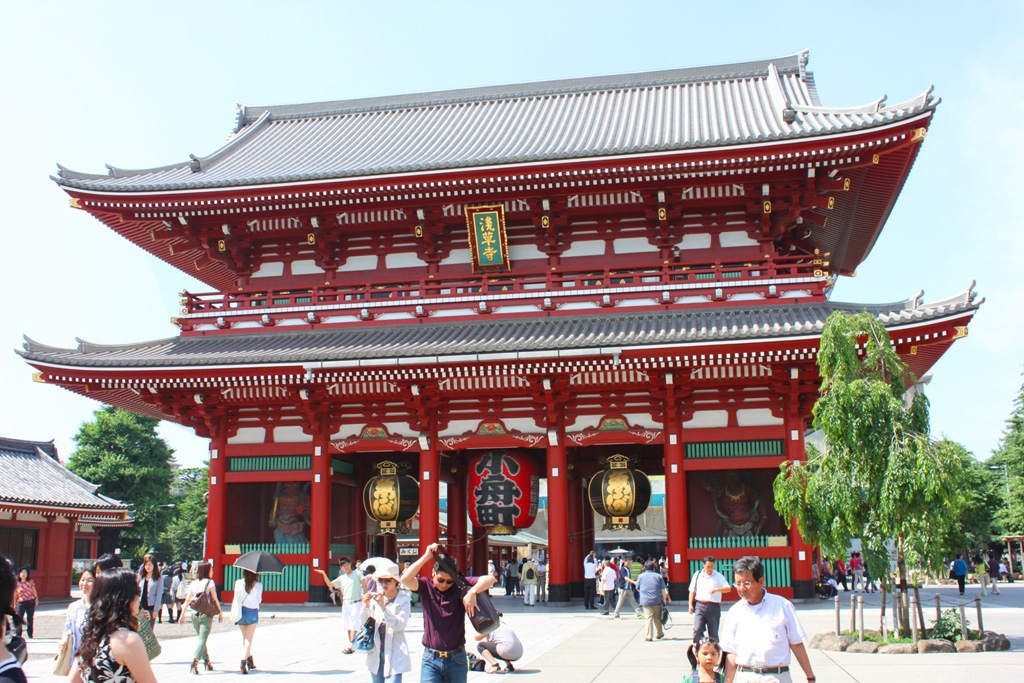
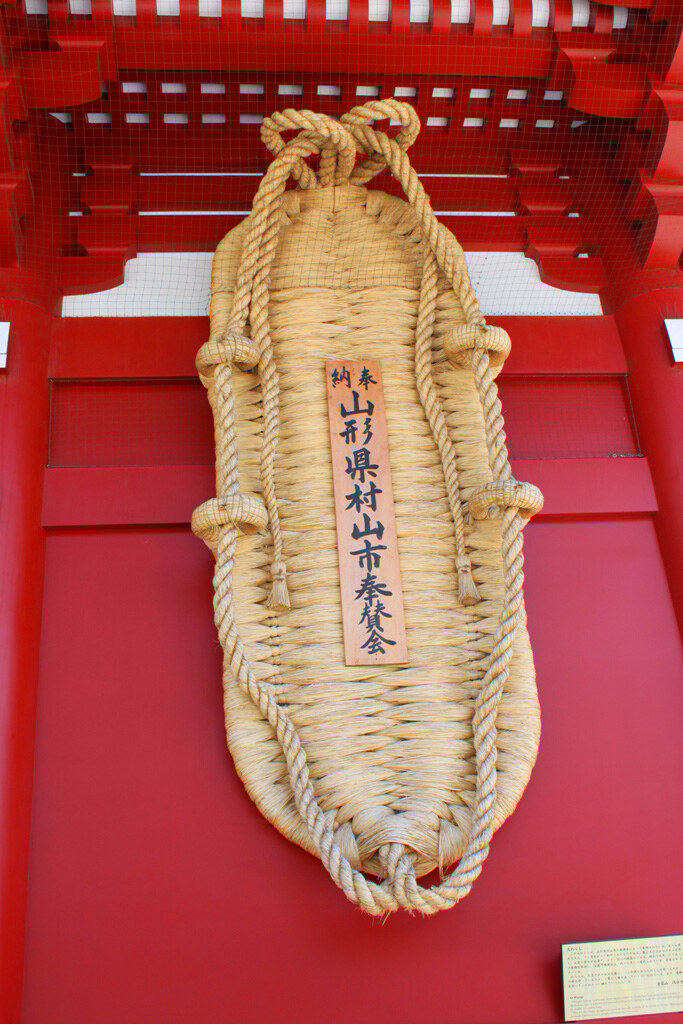
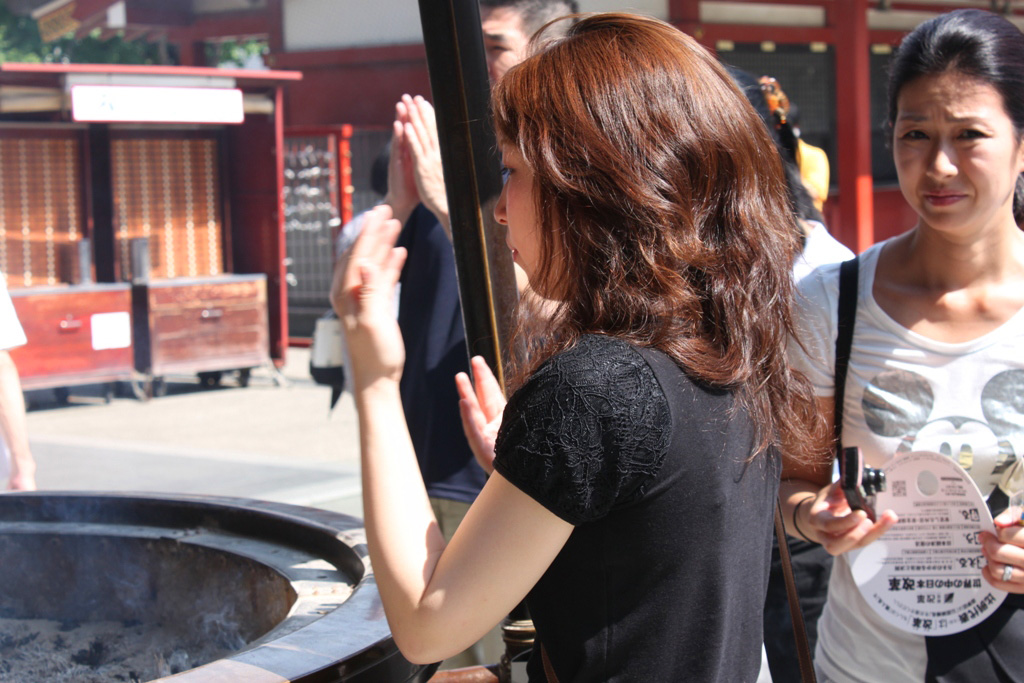

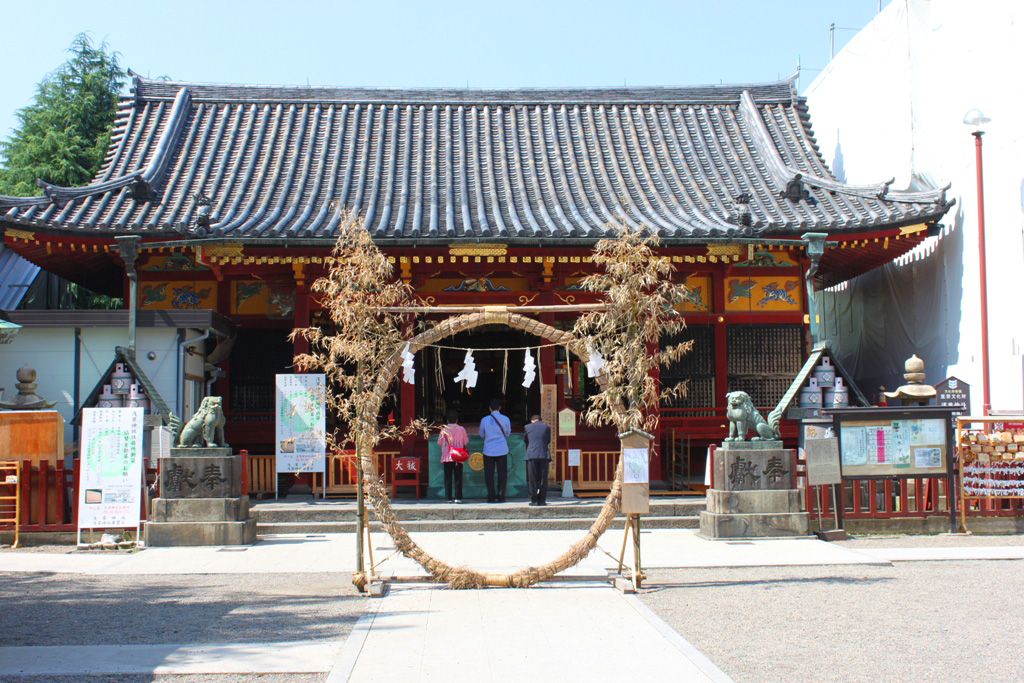
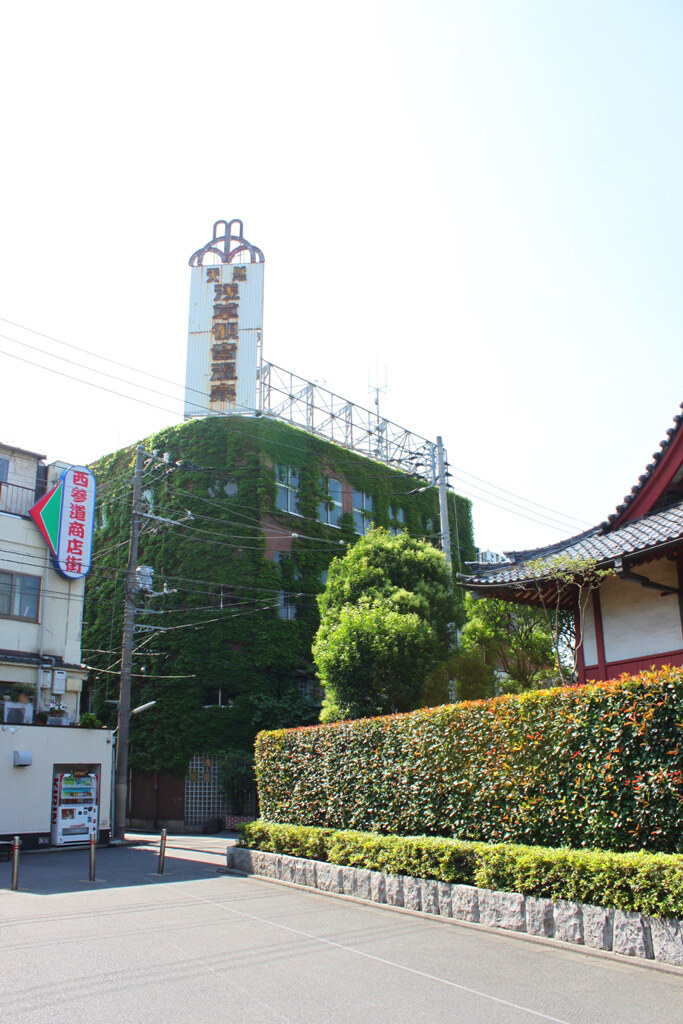

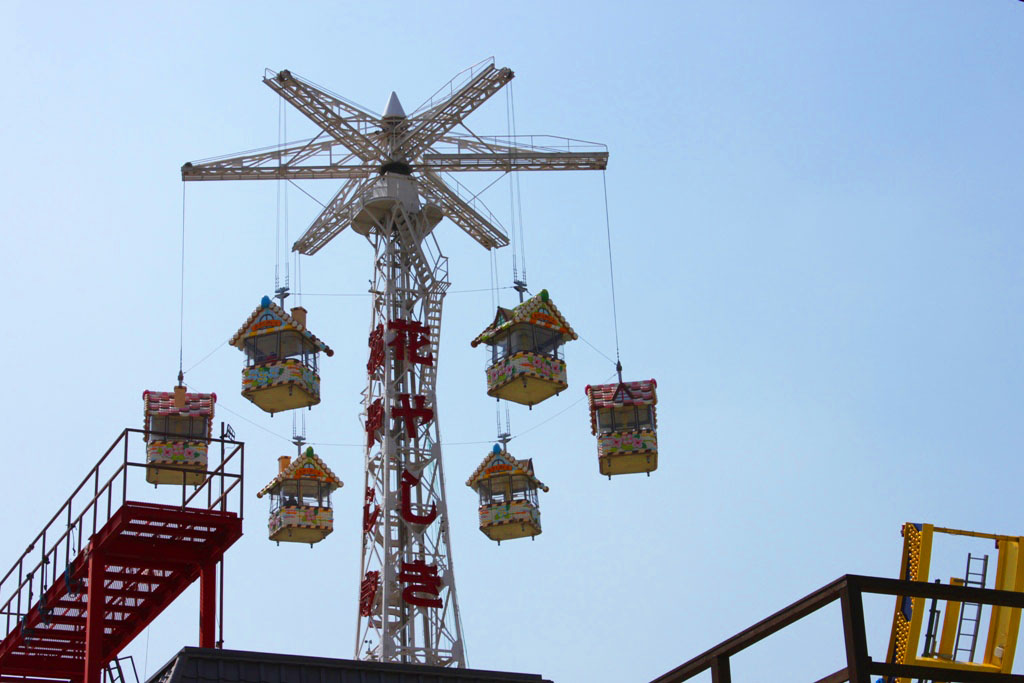
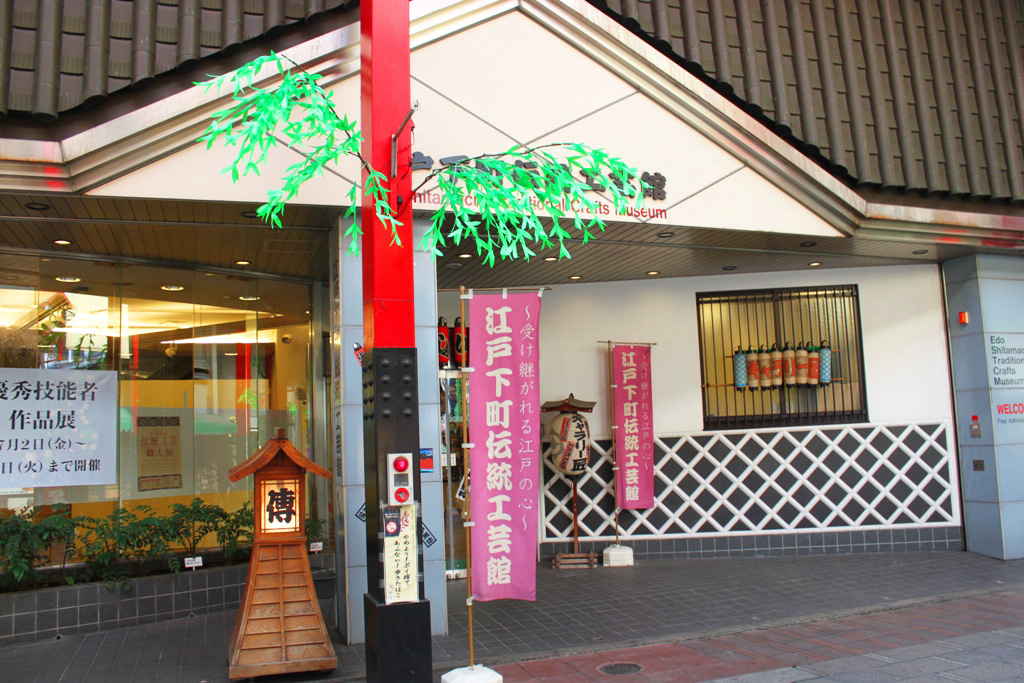


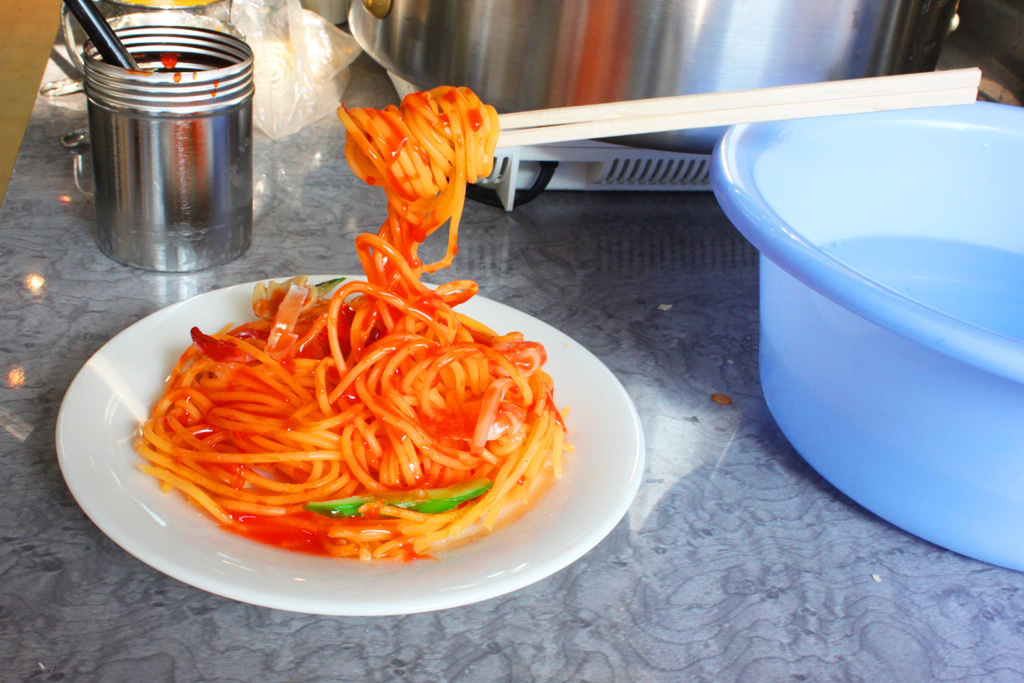
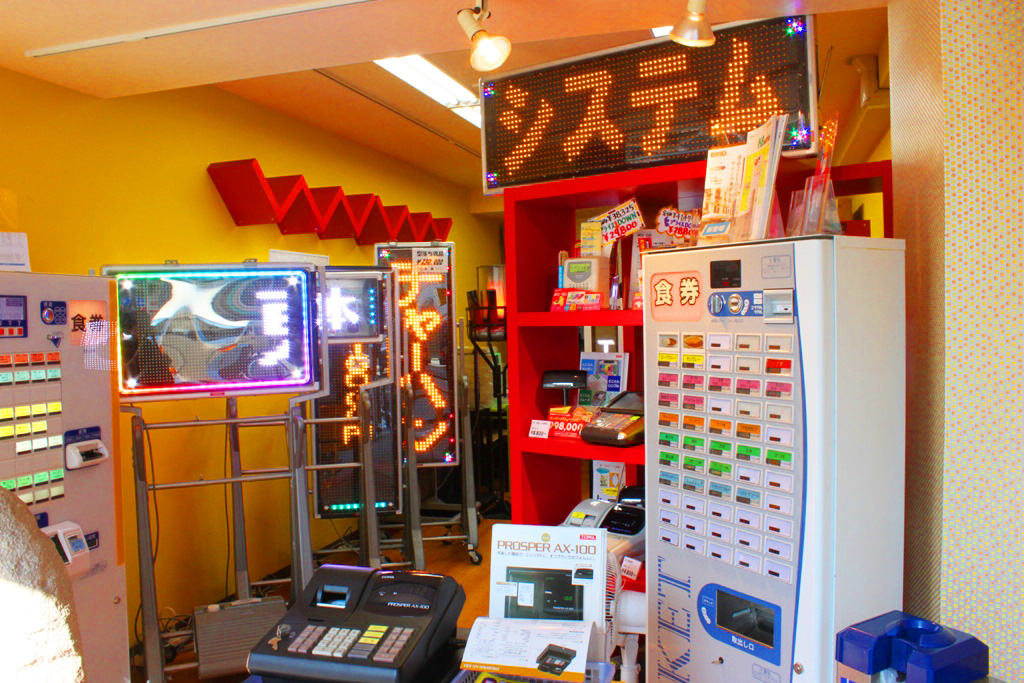
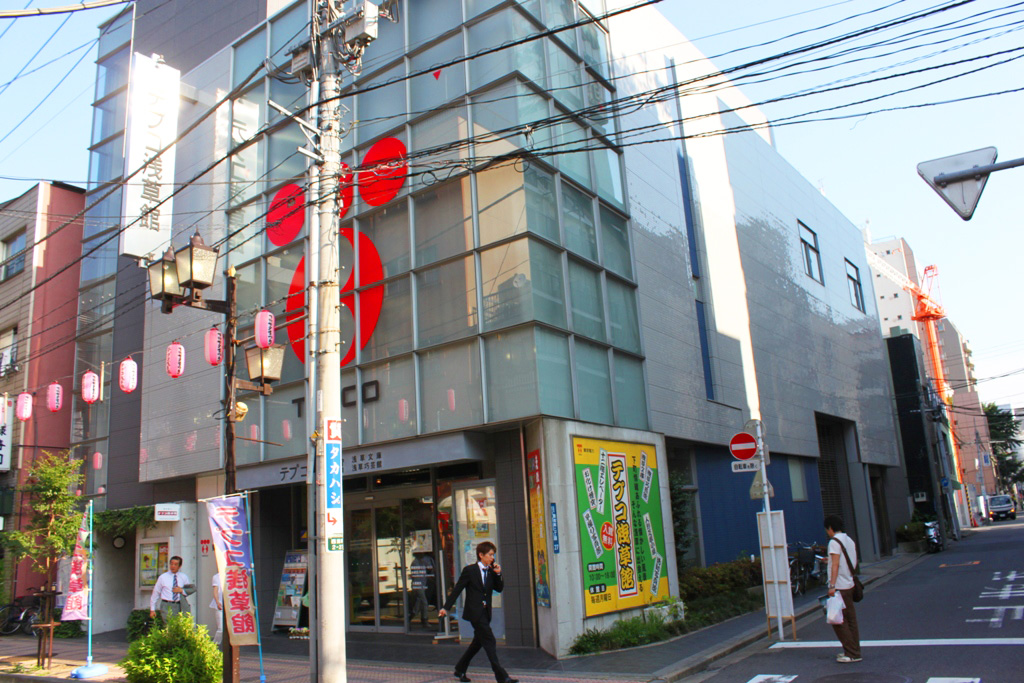
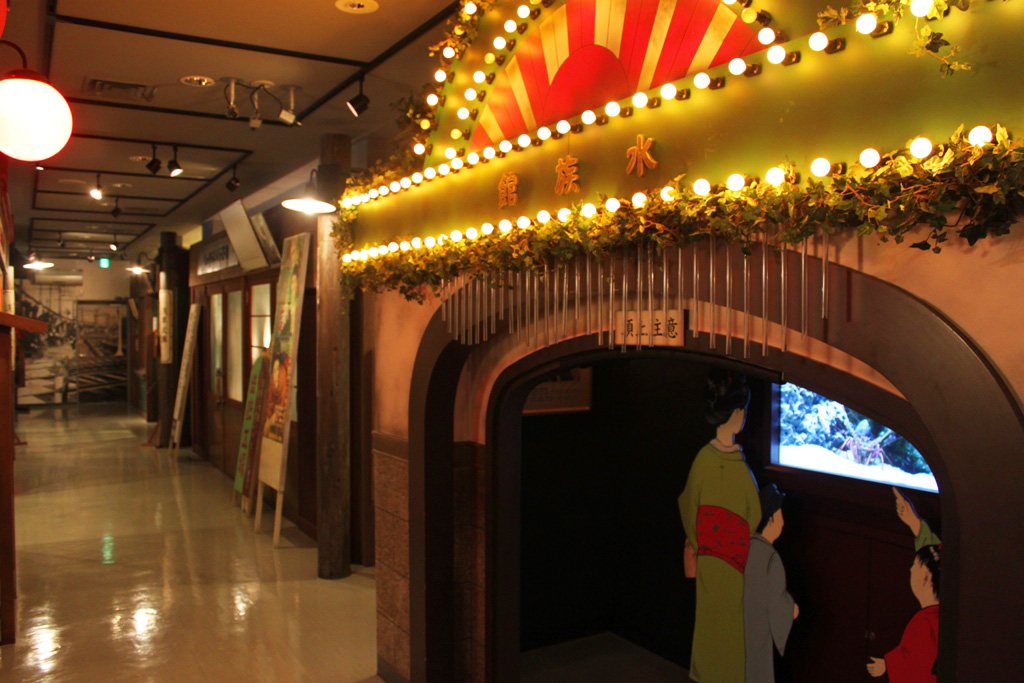












Leave a Reply